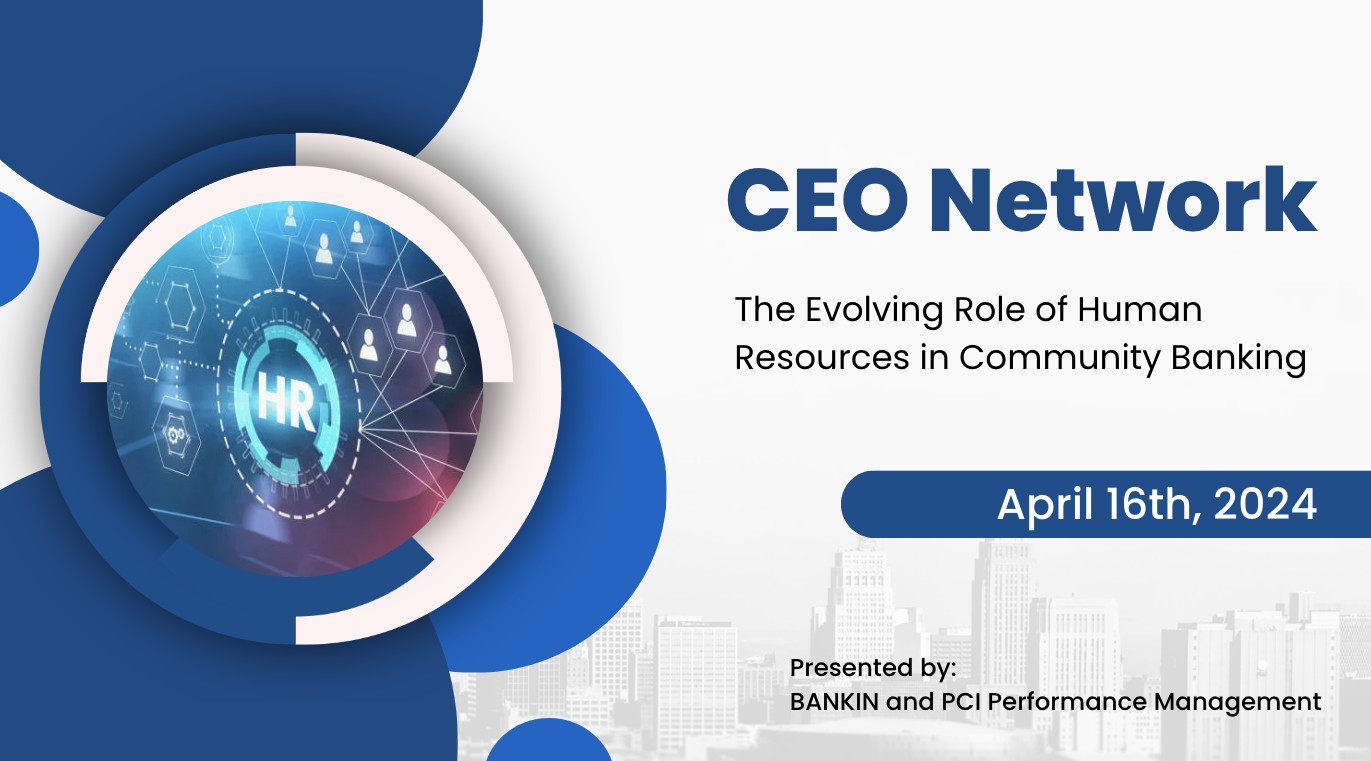
Access to credit has become an essential factor in achieving financial stability and pursuing personal goals. However, the traditional credit decision-making process has often left out individuals from marginalized communities, neglecting their potential and limiting their opportunities. This is where advanced data analytics comes into play, revolutionizing the lending landscape by offering a fairer and more inclusive evaluation of creditworthiness. In this article, we will explore how these sophisticated techniques can bridge the gap and ensure equal access to credit for all.
Understanding the Gap:
Historically, credit decisions have heavily relied on limited data points, such as payment history, income level, and credit scores. While these factors provide some insights into a borrower's financial behavior, they do not capture the holistic picture. This approach disproportionately affects marginalized communities, who often lack credit history, have non-traditional sources of income, or experience systemic biases that hinder their access to credit.
The Power of Advanced Data Analytics:
Advanced data analytics leverages vast amounts of information, enabling lenders to consider a broader range of factors when evaluating creditworthiness. By tapping into alternative data sources like utility bills, rental payments, and even social media activities, data analytics models can paint a more accurate and comprehensive picture of a borrower's financial behavior and capacity to repay.
Additionally, machine learning algorithms enable lenders to identify trends and patterns in vast datasets, uncovering correlations that were previously invisible. This allows lenders to make more informed decisions by understanding the underlying drivers of good credit behavior, irrespective of conventional benchmarks or biases.
Bridging the Gap:
Through the use of advanced data analytics, lenders can bridge the credit gap and make credit decisions more inclusive. Here's how:
1. Fair Evaluation: Advanced data analytics takes into account factors beyond traditional credit metrics, providing a fairer assessment of an individual's creditworthiness. Those with limited credit history or unconventional employment patterns can now be evaluated based on a more comprehensive set of data.
2. Personalized Risk Assessment: By analyzing large datasets, data analytics models can segment borrowers into more targeted risk categories. This means borrowers with similar profiles and circumstances can be evaluated against peers, rather than against generalized benchmarks that might not apply to their specific situations.
3. Reduced Bias: Advanced data analytics removes subjective biases from the equation, focusing solely on quantitative factors. This minimizes the impact of unconscious biases, systemic discrimination, and prejudices that historically affected credit decisions.
4. Financial Inclusion: By leveraging advanced data analytics, lenders can extend credit to underserved communities, empowering individuals who were previously excluded from mainstream financial systems. This not only promotes economic growth but also fosters a more equitable society.
The traditional credit decision-making process has often resulted in the exclusion of individuals from marginalized communities. Thankfully, the advent of advanced data analytics offers a transformative solution to bridge this gap. By leveraging alternative data sources, machine learning, and personalized risk assessment, lenders can make credit decisions that are more inclusive and unbiased. This marks a significant step towards financial inclusivity, empowering individuals from all backgrounds to access credit and pursue their dreams.















0 Comments